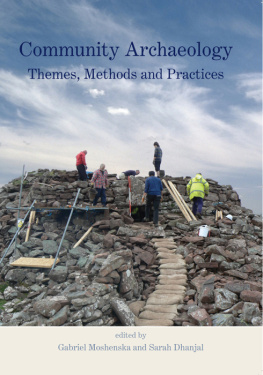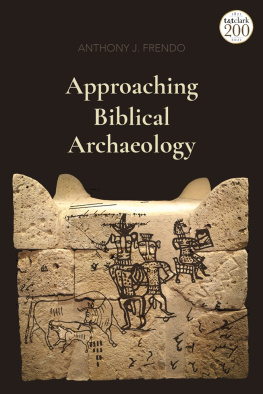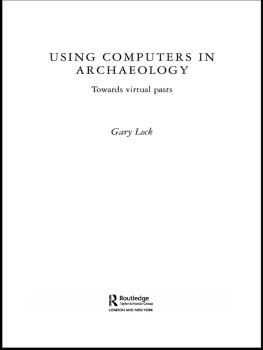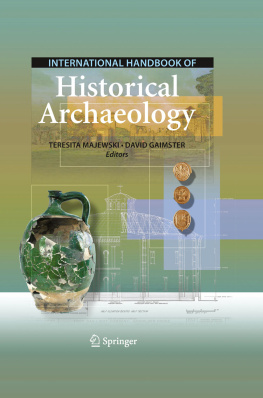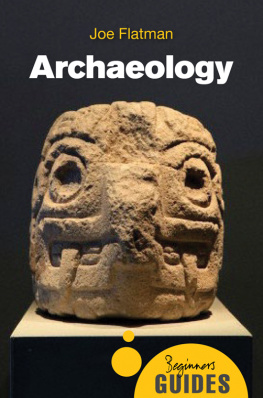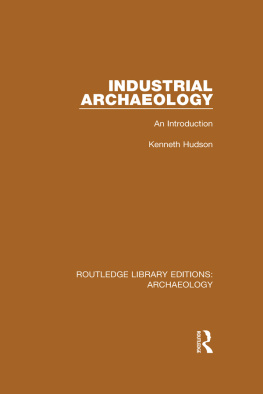This book emerges from a conference held at UCL Institute of Archaeology in 2006. The conference, Archaeology in the Community, was the brainchild of Michael de Bootman and Neil Faulkner, and was coordinated by Gabriel Moshenska with the support of Tim Schadla-Hall. Financial support was received from English Heritage, Heritage Marketing and Publication and UCL Institute of Archaeology. The editors would like to thank everyone involved in the planning and execution of the conference. We are particularly grateful to the speakers and audience for attending a conference which not only coincided with the hottest weekend of the year, but with the opening England game of the 2006 World Cup.
CONTRIBUTORS
Susannah Baldry, Charlotte Burrill, Martin Hatton and Hilary Snelling were for many years volunteer members of the SHARP human remains team.
Trudie Cole is the Learning and Access Manager at Poole Museum, Borough of Poole and a PhD student at the Institute of Archaeology, University College London. She has worked in the field of public archaeology for ten years and is particularly interested in using archaeology within formal learning settings. Trudie is also a leader for the Poole branch of the Young Archaeologists Club.
Don Cooper is chairman of Hendon and District Archaeological Society and vicechair of CBA London.
Sarah Dhanjal is a postgraduate research student at UCL, looking at the role of archaeology in Southall, West London. She was the recipient of the 2009 CBA Marsh Award for her outstanding work in the field of community archaeology and education.
Sean Hawken worked for Exeter University on the Community Landscape Project (CLP) and the Exploring Archaeology (XArch) project.
Don Henson, is a freelance heritage education specialist, and was Head of Education at the Council for British Archaeology for 17 years. He is also Director of the Centre for AudioVisual Study and Practice in Archaeology at University College London, and a member of the National Trust Learning Panel. He also likes real ale and chocolate.
Justin Hughes is a Project Officer for Worcestershire Historic Environment Archaeology Service.
Rob Isherwood is an independent community and educational archaeologist working in the North West of England (Community Archaeology North West). He gained a PhD from the University of Manchester in 2009. His thesis was entitled Community Archaeology. A study of the conceptual, political and practical issues surrounding community archaeology in the United Kingdom today.
John Knowles was Widening Participation Coordinator at the University of Lincoln, leaving in 2006 to do freelance work with Aimhigher schools. A keen amateur archaeologist, he has involved school children in survey work and excavations.
Helene McNeill is an archaeologist, independent researcher and software developer living in France.
Gabriel Moshenska is a Leverhulme Trust Early Career Research Fellow at UCL Institute of Archaeology working on the history of public archaeology. He is assistant editor of the journal Public Archaeology.
Hilary Orange has taught archaeology in adult and further education and has also worked on community archaeology projects. She has an MA in Public Archaeology from UCL (2006). Her general research interests include archaeology and education, public archaeology, industrial heritage and archaeologies of the recent past.
Patricia Reid is Honorary Archaeologist for the Faversham Society and project leader of the Faversham Society Archaeological Research Group.
Faye Simpson is a lecturer in archaeology at Manchester Metropolitan University.
Suzie Thomas is the Community Archaeology Support Officer for the Council for British Archaeology. For her PhD, which was researched at the International Centre for Cultural and Heritage Studies, Newcastle University, she looked at the relationships between archaeologists and metal-detector users in England and Wales.
Christopher John Tripp is a community archaeologist who has worked with schools, local authorities, television and museums.
1
INTRODUCTION: THINKING ABOUT, TALKING ABOUT, AND DOING COMMUNITY ARCHAEOLOGY
Gabriel Moshenska and Sarah Dhanjal
What is community archaeology? At the end of the Archaeology in the Community conference we were no clearer, and by the end of this book we dont imagine you will be either. And that is as it should be. To define community archaeology narrowly or broadly serves little useful purpose at this point, and if this book demonstrates one thing it is the rich diversity of activities and initiatives taking place under this convenient banner. A few common threads have emerged, such as cooperation between professional and non-professional archaeologists, and the belief that archaeology does not have to take place in private between consenting companies.
That there is no obvious need to define community archaeology does not mean that it should not be studied, and there have been a number of studies in recent years that have sought to assess the values and validity of community archaeology initiatives (e.g. Simpson and Williams 2008; Simpson 2010; Tully 2007). These are signs of maturity and critical reflection on our practices, but intellectual ruminations should not perhaps be taken to the extreme of turning community archaeology into a principally academic subject this would be contrary to the spirit of pluralism and openness that characterizes so many of the papers in this volume (and see Moshenska 2008).
One of the issues in doing or talking about community archaeology is the nebulous nature of the term community (the problems of the word archaeology are much more fundamental, and best saved for another time). Community is a sociological term, a buzzword, and a political strategy.

